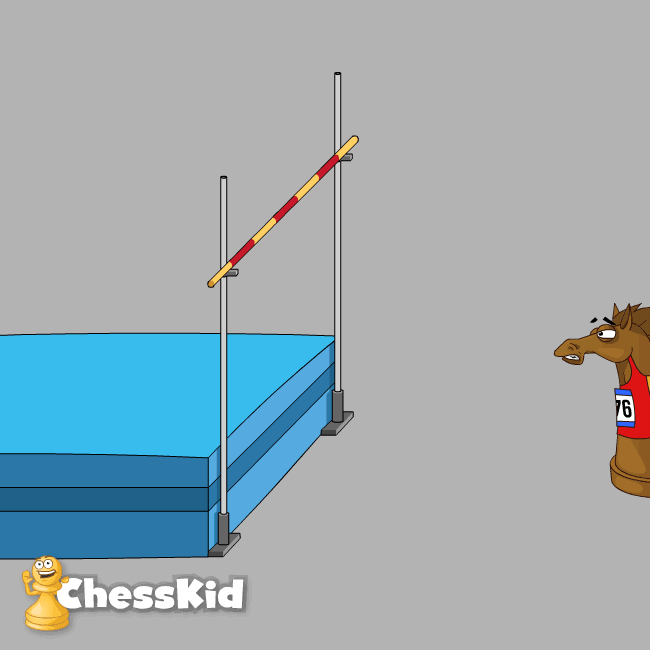Chess Pieces
Do you want to start playing chess but are unsure of what that cool horse does? And what about that other thing with the pointy head? Those are only two of the six chess pieces. Does that seem like a lot to you? Don't worry! Let's learn together about all of the pieces and how they move!- What Are Chess Pieces?
- The Pawn
- The Knight
- The Bishop
- The Rook
- The Queen
- The King
- Wrapping Up
- Chess Pieces Infographic
- Chess Pieces Video
What Are Chess Pieces?
Chess pieces are those nice-looking things you can move around a chessboard during a game of chess. There are six different types of pieces in chess: pawn, rook, knight, bishop, queen, and king. They are always divided into two armies: the white and the black army.
And what about those different chess sets with pieces with other colors? Well, we still call them the black and white armies anyway.

Even though there are only six kinds of pieces, each player starts the game with 16 pieces. That is because some of them are repeated, like in the image below.

Now that you know what chess pieces are, it is time to learn what they are called and how they move.
The Pawn
At the start of the game, each player gets eight pawns. They are the ones that go in front of the other pieces.

A pawn can only move forward. Most of the time, the pawn can only move one square. If it is its first move, though, it can move two squares up the board.

Pawns can only capture one square diagonally ahead of them. That means that they cannot capture pieces that are directly in front of them.

Another way a pawn can make a capture is with a special rule called en passant.
The Knight
Do you know those impressive pieces that look like horses? Well, we don't call them horses, we call them knights. Each side starts with two of them, and we consider them to be minor pieces.

The knight can move one square up or down and two squares left or right. They can also move two squares up or down and one square left or right. To make things simpler, just remember that it moves like the letter "L."

One important thing to know about the knight is that it is the only chess piece that can jump over others!

The Bishop
The bishops are the pieces with the pointy head. Each player starts with two bishops, one on the light-squares and one on the dark-squares. Just like the knights, the bishops are minor pieces.

Bishops can only move diagonally, but they can go as far as they want! They are long-range pieces, but unfortunately, they can't step on a different colored square than the one they started out in.

The Rook
The chess rooks are those tall and round pieces that sit on the corner of the board. Each player has two rooks, and we consider them to be major pieces because they are more powerful than bishops or knights.

Rooks can move up and down the board as many squares as they want. They can also move left and right as far as they wish.

The Queen
The queen is one of the two tall pieces that stand in the middle of the board. They are the ones with the spiky head, and they always start the game on a square with the same color as their dress. The queen is another one of the major pieces of chess. The white queen is on a light-square, and the black queen is on a dark-square.

The queen is the most powerful piece in chess! She is like a bishop and a rook together: she can move up, down, left, right, or diagonally as many squares as she wants. Now that is a lot of girl power!

The King
The king is the piece that sits right next to the queen and has a cross on its head. The king is the only piece that cannot be captured. If the king is under attack and there is no way to get out of check, it is checkmate, and the game ends.

The king can move in any direction, just like the queen. It can only move one square at a time, though. Notice how it takes much longer to get to the other side of the board.

Wrapping Up
You now know what the chess pieces are, where to place them at the start of a game, and how they move. Play a game against another kid right now to put that knowledge to practice!
Chess Pieces Infographic
Check out this new printable below designed to guide you forward.
 For more infographics and other educational and fun materials, head over to our Resources page.
For more infographics and other educational and fun materials, head over to our Resources page.